The plates of the collections include:
*The copyright information of three languages (Chinese, English, Japanese).
*Complete images of the collections: The images present the “guide, ge-shui (a form of calligraphy and painting mounting), painting, seal, preface and postscript, and the small-paper copy (according to the scale of paper) of paintings.
*Full scale images of the collections: Annotating “full size” under the plates of the paintings or the preface and postscript with higher artistic value.
*Detail images of the collections: Providing the more exquisite details and abundant information about pen and ink of the paintings. Magnifying the whole or the part of paintings with several plates, and annotating “ a large size proportion”.
The introduction of the plates include:
*The introduction of the collections: Inviting the experts in artist to write appreciation and textual criticism for each collection.
*The interpretation of preface and postscript: The complete, detailed, and rigorous interpretation of the words on preface and postscript (guide, ge-shu, Shih Tang, streak), then through strike review and proofreader, and presented with standard Traditional Chinese.
*The interpretation of the seals: All the seals published in each collection had interpreted by the experts. Then put them in the introductory of plates after comparing the pictures and words.
The master pieces and the painters recorded in this collection include:
*The master pieces: “Dwelling in the Fuchun Mountains” attributed to Huang Gongwang, “Fisherman” attributed to Wu Zhen, “Tai Bai Shan Tu” (the painting which depicts the Mt.Tai Bai) attributed to Wang Meng, “Six Gentlemen” attributed to Ni Zan, “Eastern Peak of Dongting” attributed to Zhao Mengfu, “Bamboo and Stone” attributed to Guan Daosheng, “Bamboo, Rock and Birds” attributed to Wang Yuan, etc. It is meaningful that the paintings above are recorded in one collection unprecedentedly.
*The painters: The collection records many paintings of the famous painters in Yuan Dynasty include Huang Gongwang (5 pieces of work), Wu Zhen (2 pieces of work), Wang Meng (7 pieces of work), Ni Zan (3 pieces of work), Wang Yuan (a piece of work), Zhao Mengfu (27 pieces of work), Qian Xuan (10 pieces of work), Gao Kegong (a piece of work), Wang Zhenpeng (5 pieces of work), etc.
*If you want to take the catalogue list of the collections in this book, please contact online customer service or call us, we will have dedicated person to service you immediately.
Museum image licensing:
*China: The Palace Museum, Shanghai Museum, Liaoning Provincial Museum, Nanjing Museum, etc.
*Japan: Tokyo National Museum, Kyoto National Museum, Osaka City Museum of Fine Arts, etc.
*The USA: Metropolitan Museum of Art, Museum of Fine Arts, Boston, The Cleveland Museum of Art, etc.
*The UK: British Museum.
*Germany: Museum of Asian Art.
*France: Guimet Museum.
*Sweden: Museum of Far Eastern Antiquities, Stockholm.
*If you want to know the list of all museums that cooperate and license us, please contact online customer service or call us, we will have dedicated person to service you immediately.
Experts recommend:
Wen C. Fong (a famous art historian, a emeritus professor of Department of Art and Archaeology in Princeton University)
Richard Barnhart (a famous art historian, a academic tenure of Yale University)
Hiroyuki Sugiyama (the chief of KGC)
Innshutsu Meikou (the vice chief of KGC)
Beitaku Hannhaku (SCREEN in Japan)
Paintings of Chinese past dynasties have been compiled and published in sequence —“The Collection of Pre-qin, Han and Tang Dynasty Paintings”, “The Collection of Song Dynasty Paintings” “The Collection of Yuan Dynasty Paintings”, “The Collection of Ming Dynasty Paintings”, “The Collection of Qing Dynasty Paintings”. 67 scrolls and more than 240 volumes in total, which collected more than 12250 pieces of Chinese paintings of more than 260 museums at home and abroad. Taking more than 23000 high clear images, including most of the national treasure level Chinese paintings which are handed on from one generation to another. So far, the books have the most complete collections, the most vivid image records, the most exquisite printing quality, and the largest published image of Chinese painting of all the similar publications.
Performing the color gradation of ink is the most important spirit of Yuan Dynasty Shuǐ Mò Huà (ink wash paintings), and the masstone (dry, wet, thick and light) of each painting in “The Collection of Yuan Dynasty Paintings” is presented perfectly and hits the spot. Especially the control of the calligraphy of preface and postscript and the white and black color of “Ku Bi” (A style of Chinese painting and calligraphy) is beyond perfection. For example, the use of ink color gradation of the bamboo leaves and moss stones in “Sih Ching Tu” and “Mo Jhu Tu” attributed to Li Kan is very abundant, which reflects the natural taste and glossy effect when ink seep into the paintings, and reach a perfect reproduction of the master paintings.
*The customers are allowed to browse before purchasing, please contact online customer service or call us, we will have dedicated person to service you immediately.
*If you need overseas purchase and delivery, please contact online customer service or call us, we will have dedicated person to service you immediately.
*If there is any large order, please contact online customer service or call us, we will have dedicated person to service you immediately.
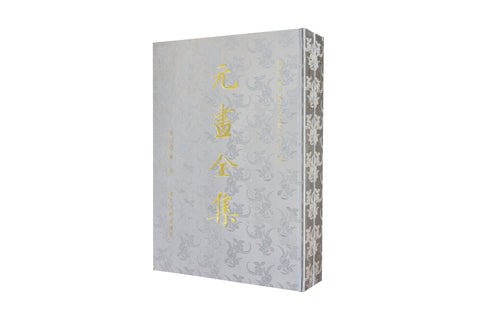
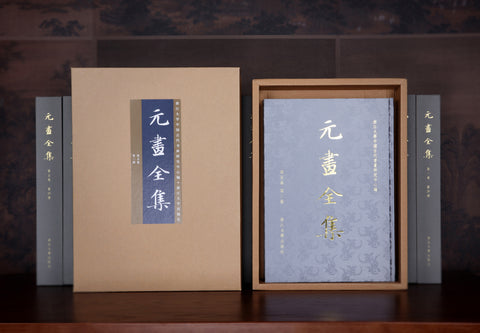
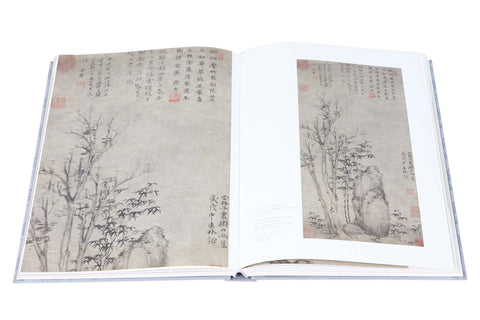
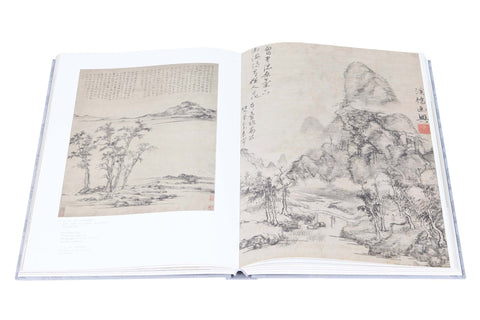
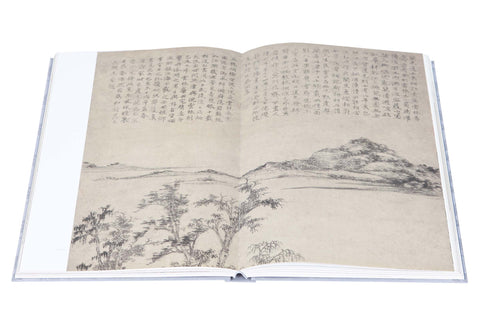
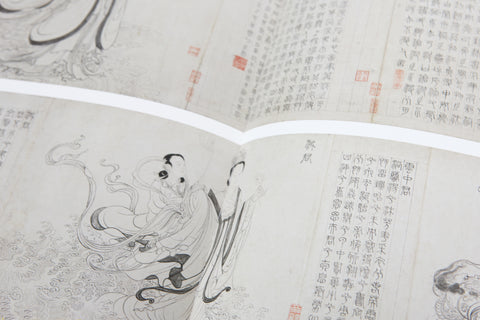
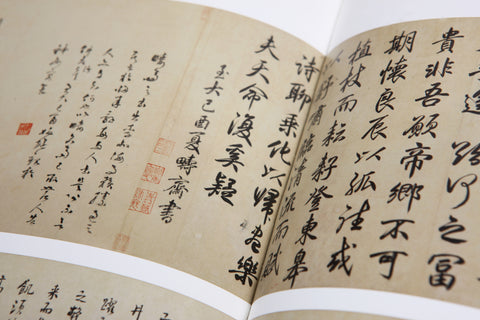
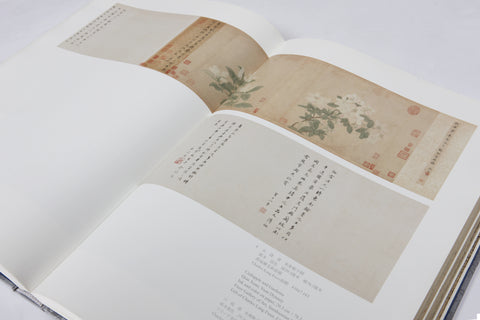
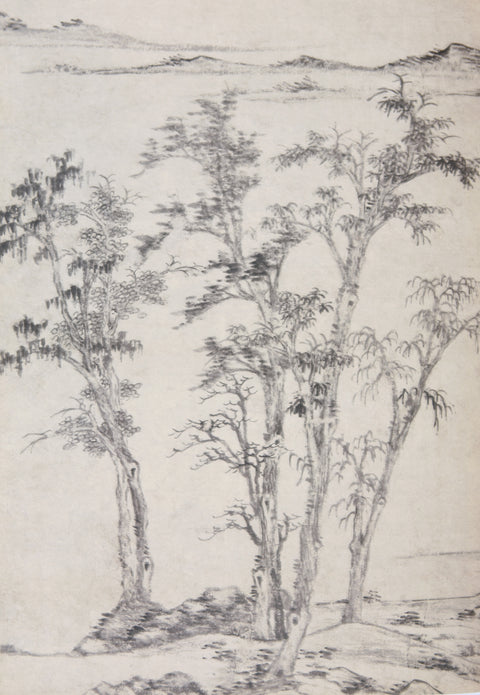
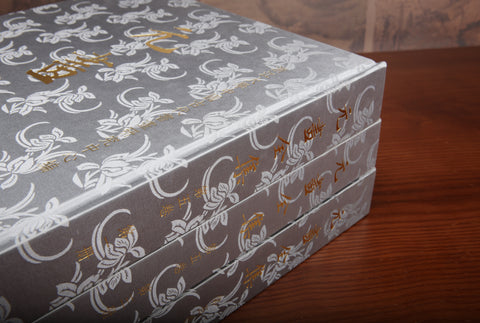
<tc>“The Collection of Yuan Dynasty Paintings”</tc>
No pickup service currently available
“The Collection of Yuan Dynasty Paintings”, 5 volumes with 16 volumes in total.
A complete set books collect more than 670 pieces of master paintings of Yuan Dynasty.
The information of each collection includes complete image, full scale image, and detail image. Many collections were seldom exhibited, and some of them were never published with high clear image in public. Moreover, we even invited art historians to write painting appreciation and textual research. In this way, the readers can appreciate these exquisite paintings with a more borden and comprehensive perspective.
Shipping Policy
For shipping instructions, please refer to the link below
Link to your shipping policy.
Shopping Guide
Payment and Shipping Instructions
Link to your offers page.
Return Policy
All products have a seven-day appreciation period. For detailed specifications, please click the link below
Link to your returns policy.
